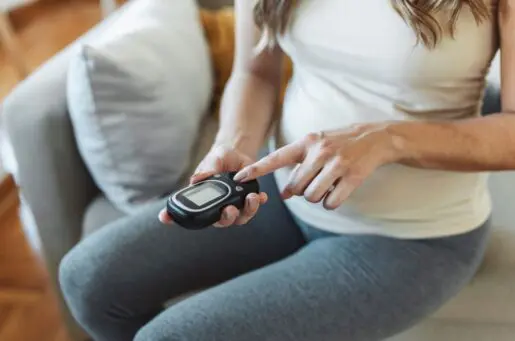Bioethics Forum Essay
Abortion Law—Lessons from Medical Aid-in-Dying?
In 1995, a survey went out to critical care nurses in the United States asking them whether they had ever administered medication or performed other interventions with the intent of causing a patient’s death. The respondents were guaranteed anonymity. That survey and the practices it revealed may provide a peek into the future of abortion in the United States.
A random sample of 1,600 subscribers to Nursing magazine who practiced in critical care settings was selected, of whom 1,139 completed the survey. One hundred and twenty-nine of them (16%) reported that they had participated in active euthanasia or assisted suicide at least once in their careers. Sixty-four (8%) reported having done so in the year before the study. Of the nurses who had performed such an act, 65% reported doing so three or fewer times and 5% reported doing so more than 20 times.
Back then, hastening a death, even with a request from a patient or their family, was illegal and, in all states, considered homicide.
The survey’s author, my friend David Asch, MD, wrote of these startling results that “a central finding of this study is that these nurses struggle to uphold important personal values under extremely challenging circumstances–often with little support from physicians. National opinion surveys reveal that the majority of the public supports policies that would allow euthanasia under certain circumstances.”
This is where we find ourselves now with respect to abortion. At least seven states ban abortion, with few or no exceptions, on pain of felony charges and likely including murder. But the majority of Americans support abortion in certain circumstances. About a quarter of doctors surveyed support a woman’s right to obtain an abortion at any time, and only 3% said that abortion should never be allowed. And doctors and nurses could, if they wished, clandestinely participate in some forms of abortion if their close colleagues agreed to support them and keep the practice private.
Prior to the 1999 conviction of Jack Kevorkian for second-degree murder in the videotaped killing of Thomas Youk, a Detroit man paralyzed by ALS, no doctor or nurse in the U.S. had ever been convicted for assisting a patient who wished to end his or her own life.
Despite the law, prosecutors proved reluctant to bring charges, and when they did, plea bargains often resulted in the charges being dropped in exchange for public service. In the few cases that went to court, judges and juries were not comfortable sentencing doctors and nurses for murder in morally fraught circumstances.
And, over time, the laws in 10 states and Washington, D.C., have been modified to allow medical aid in dying with various restrictions and conditions.
No doubt the analogy to the current situation post-Roe has some important differences. But what is crucially important is to recognize that health care and society will strive to find ways to undercut crude bans inconsistent with perceived medical need and professional duty. And society will find it extraordinarily difficult to prosecute and jail health care professionals who support one another, who act out of compassion, and whom society holds in high regard. When states overreach, history shows that doctors, nurses, and the legal authorities may make enforcement of bad laws very difficult.
Arthur Caplan, PhD, (@ArthurCaplan) is Mitty Professor of Bioethics at the NYU Grossman School of Medicine. He is a Hastings Center fellow and a member of The Hastings Center’s advisory council.














I am reminded of the late hero Henry Morgentaler, a physician and Holocaust survivor who championed the right to abortion in Canada. He was prosecuted and spent time in jail, but his case sparked so much public outrage that it changed the law in Canada forever.